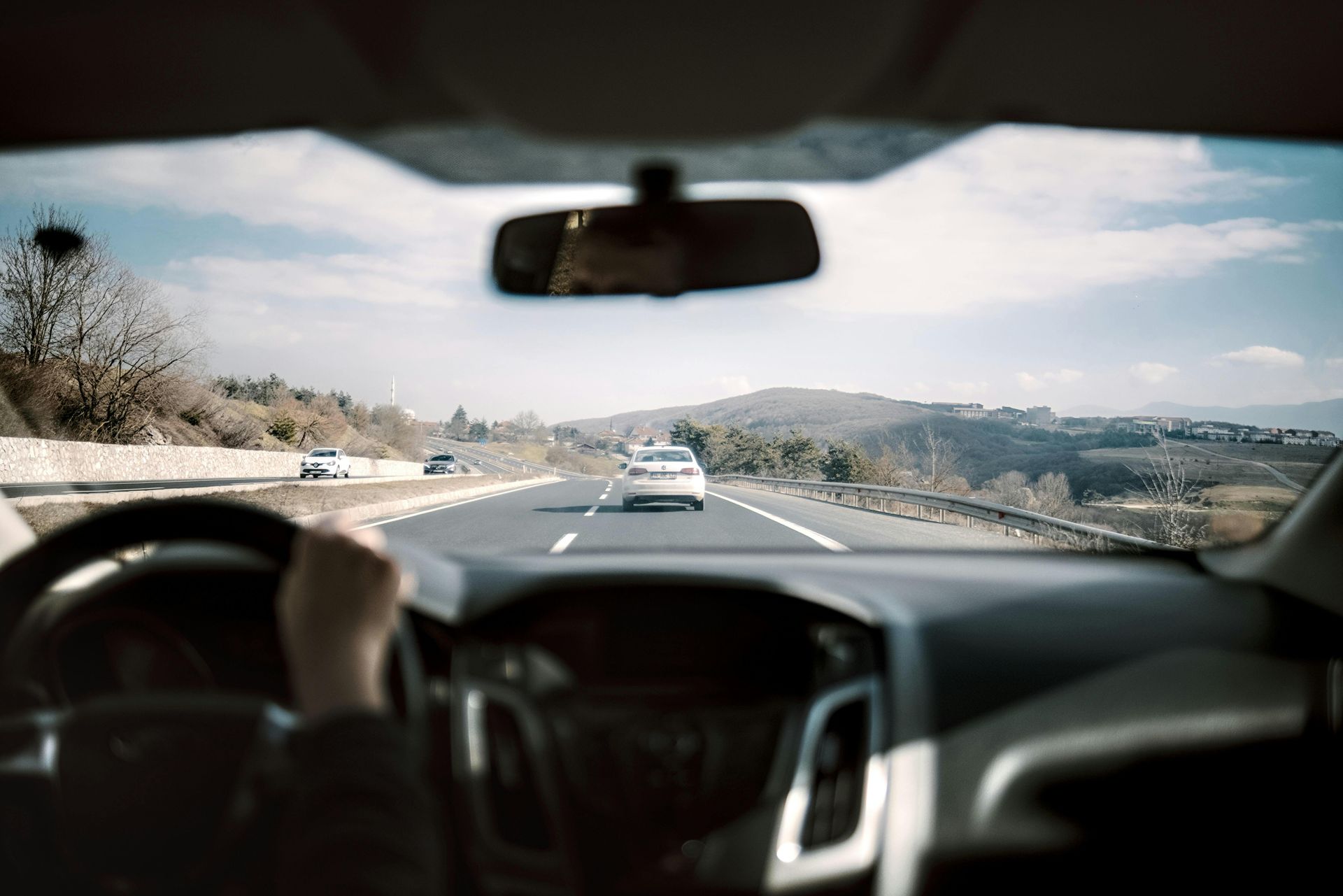Car Technologies that Help Bioptic Drivers (and the rest of us)

Blog vol 5.38. Car Technologies that Help Bioptic Drivers (and the rest of us).
Back in 2020, the Ontario government finally allowed visually impaired people to drive with bioptics. It was done rather quietly, so quietly that as a Low Vision Optometrist (specializing in visual impairment), I didn’t even hear about it until my own association announced it in a newsletter.
Here we are, almost five years later, with over 40 people that I have fit with bioptics, many who were able to drive for the first time. The optics of telescopes and the size of optotypes or letters have not changed during that time, but the technology has. Advancements in phone and car technology have made driving a lot easier for all.
GPS (Global Positioning Satellites) is an aid to most drivers, and most particularly to bioptic drivers. It utilizes existing satellites currently orbiting in space to assist with computerized navigation in real time. GPS has been around for some time, but advancements have made huge gains for the bioptic driver, particularly the use of larger screens and a technology called Voice-Turn-By-Turn, software that allows the user to hear rather than see navigational information. This software is especially helpful when street signs are difficult to be see, and provides early auditory alerts when approaching turns, informing you in advance what direction you will be turning to allow time to get in the right lane. These features are great for all drivers as it keeps the driver focussed on the road not the screen.
Cars themselves have technologies that sound alarms when objects are too near, have back up cameras, emergency braking, adaptive cruise control, blind spot detectors and sensors that allow adjusting of headlights and windshield wipers, etc. These features help all drivers, but make driving with visual impairment more possible.
Another technology is the Dashcam, the mounting of a camera on your dashboard that records the road in front of the car while driving. This technology is more controversial; it does provide a measure of security when driving, keeping track of events as you drive. Important to remember that besides being a camera, it also tracks motion, speed, and lane changes. In the event of a mishap, it can provide much needed data to help with your insurance claim. The down side is that the Dashcam is constantly recording and that data can be used against you (be careful). The device can also be distracting (so can the GPS!) and because they are expensive enough and on display in your car, they can be stolen. Most of the early models only covered the front view but newer ones also have rear views.
All of these technologies provide “sight” for the driver, allowing them to see more than one place at a time whether fully sighted or bioptic. This should make driving safer for us all.
Drive on!
the good doctor






